Refine search
Actions for selected content:
48202 results in Computer Science
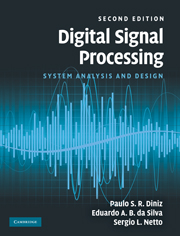
Digital Signal Processing
- System Analysis and Design
-
- Published online:
- 05 June 2012
- Print publication:
- 02 September 2010
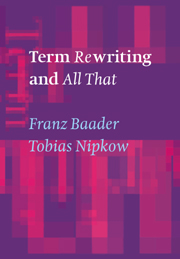
Term Rewriting and All That
-
- Published online:
- 05 June 2012
- Print publication:
- 05 March 1998
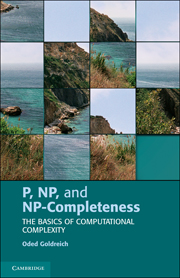
P, NP, and NP-Completeness
- The Basics of Computational Complexity
-
- Published online:
- 05 June 2012
- Print publication:
- 16 August 2010
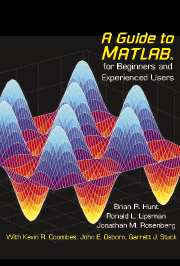
A Guide to MATLAB
- For Beginners and Experienced Users
-
- Published online:
- 05 June 2012
- Print publication:
- 06 August 2001
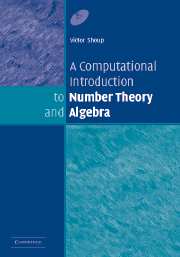
A Computational Introduction to Number Theory and Algebra
-
- Published online:
- 05 June 2012
- Print publication:
- 28 April 2005
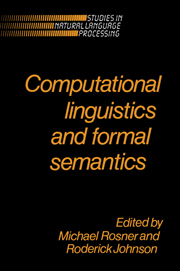
Computational Linguistics and Formal Semantics
-
- Published online:
- 05 June 2012
- Print publication:
- 30 October 1992
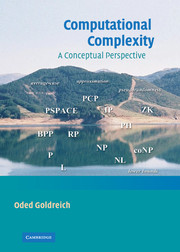
Computational Complexity
- A Conceptual Perspective
-
- Published online:
- 05 June 2012
- Print publication:
- 28 April 2008
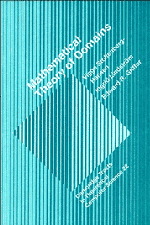
Mathematical Theory of Domains
-
- Published online:
- 05 June 2012
- Print publication:
- 22 September 1994
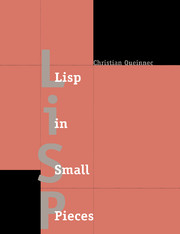
Lisp in Small Pieces
-
- Published online:
- 05 June 2012
- Print publication:
- 28 June 1996
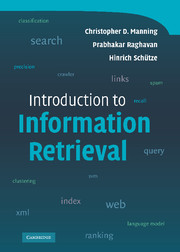
Introduction to Information Retrieval
-
- Published online:
- 05 June 2012
- Print publication:
- 07 July 2008
-
- Textbook
- Export citation
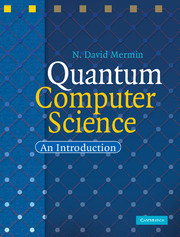
Quantum Computer Science
- An Introduction
-
- Published online:
- 05 June 2012
- Print publication:
- 30 August 2007
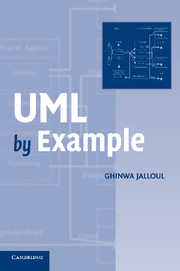
UML by Example
-
- Published online:
- 05 June 2012
- Print publication:
- 19 January 2004
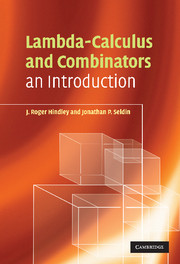
Lambda-Calculus and Combinators
- An Introduction
-
- Published online:
- 05 June 2012
- Print publication:
- 24 July 2008

Steps in Scala
- An Introduction to Object-Functional Programming
-
- Published online:
- 05 June 2012
- Print publication:
- 23 September 2010
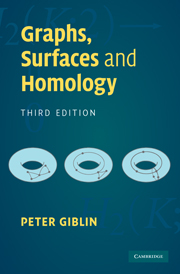
Graphs, Surfaces and Homology
-
- Published online:
- 05 June 2012
- Print publication:
- 12 August 2010
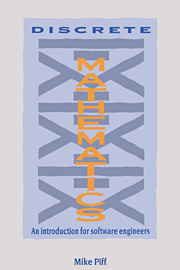
Discrete Mathematics
- An Introduction for Software Engineers
-
- Published online:
- 05 June 2012
- Print publication:
- 27 June 1991
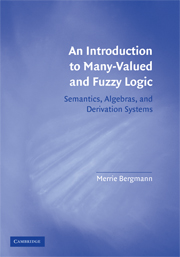
An Introduction to Many-Valued and Fuzzy Logic
- Semantics, Algebras, and Derivation Systems
-
- Published online:
- 05 June 2012
- Print publication:
- 14 January 2008

Iterative Methods in Combinatorial Optimization
-
- Published online:
- 05 June 2012
- Print publication:
- 18 April 2011
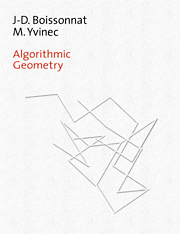
Algorithmic Geometry
-
- Published online:
- 05 June 2012
- Print publication:
- 05 March 1998
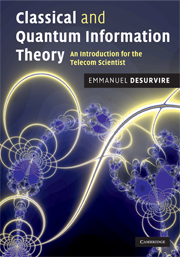
Classical and Quantum Information Theory
- An Introduction for the Telecom Scientist
-
- Published online:
- 05 June 2012
- Print publication:
- 19 February 2009
